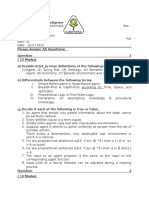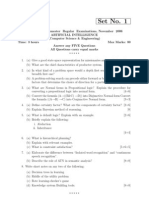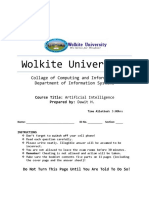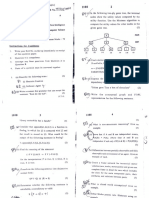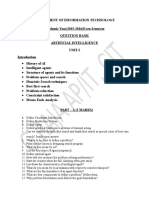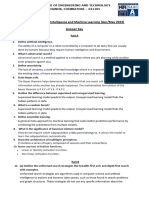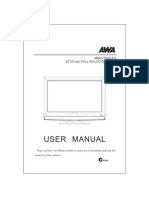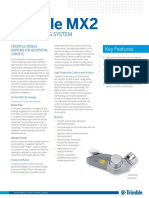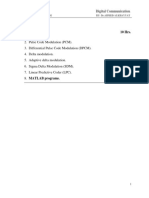0% found this document useful (0 votes)
11 views3 pagesAI Assignment Complete
The document covers various aspects of artificial intelligence, including famous AI systems, the history of AI, condition-action rules for a VacBot, and propositional logic applications. It discusses search techniques, expert systems, Bayesian networks, and probability calculations related to AI scenarios. The content is structured in a Q&A format, addressing key concepts and examples in AI.
Uploaded by
engrdebdeepCopyright
© © All Rights Reserved
We take content rights seriously. If you suspect this is your content, claim it here.
Available Formats
Download as DOCX, PDF, TXT or read online on Scribd
0% found this document useful (0 votes)
11 views3 pagesAI Assignment Complete
The document covers various aspects of artificial intelligence, including famous AI systems, the history of AI, condition-action rules for a VacBot, and propositional logic applications. It discusses search techniques, expert systems, Bayesian networks, and probability calculations related to AI scenarios. The content is structured in a Q&A format, addressing key concepts and examples in AI.
Uploaded by
engrdebdeepCopyright
© © All Rights Reserved
We take content rights seriously. If you suspect this is your content, claim it here.
Available Formats
Download as DOCX, PDF, TXT or read online on Scribd
/ 3











